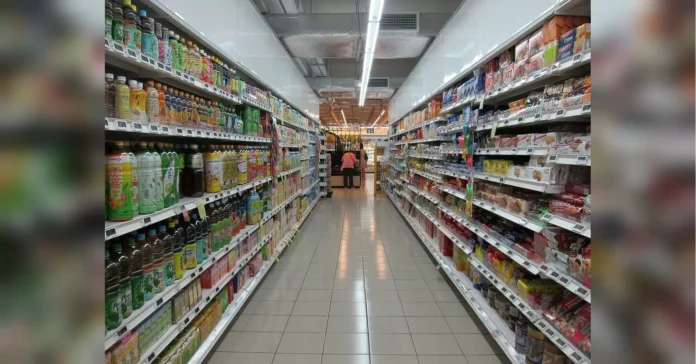As Ukraine continues to navigate through its economic challenges, its citizens are facing yet another threat — rising inflation. This is not a new problem for the country, but the recent increase in inflation rates has raised concerns among Ukrainians about the future of their economy.
Inflation is the general increase in prices of goods and services in an economy over a period of time. It is measured by the Consumer Price Index (CPI), which tracks the prices of a basket of goods and services commonly purchased by households. In Ukraine, the CPI has been steadily rising, reaching a record high of 13.1% in March 2021.
One of the main factors contributing to this rise in inflation is the devaluation of the Ukrainian currency, the hryvnia. In the past year, the hryvnia has lost about 20% of its value against the US dollar. This makes imported goods more expensive, as Ukraine heavily relies on imports for its consumer goods. The devaluation of the hryvnia also leads to higher production costs for domestic goods, as many raw materials are imported.
Another factor contributing to inflation is the increase in energy prices. Ukraine heavily relies on natural gas for its energy needs, and the recent surge in global energy prices has had a direct impact on the prices of gas in the country. This has a ripple effect on other industries, as energy costs are a significant component of production costs.
The COVID-19 pandemic has also played a role in the rise of inflation in Ukraine. The country’s lockdown measures and restrictions on businesses have disrupted supply chains and led to shortages of certain goods. This has caused a spike in prices, as demand for these goods remains high.
The rise in inflation has had a direct impact on the daily lives of Ukrainians. With prices of goods and services increasing, the purchasing power of their salaries has decreased. This means that people have to spend more money to buy the same goods they used to buy for less. This has led to a decrease in the standard of living for many Ukrainians.
The government has taken some measures to address the issue of inflation. In March, the National Bank of Ukraine raised interest rates from 6% to 7.5%. This move aims to reduce the demand for loans and credit, which can contribute to inflation. The government has also introduced subsidies for low-income families to help them cope with the rising prices.
However, these measures may not be enough to curb inflation in the long term. Many experts believe that structural reforms are needed to address the root causes of inflation in Ukraine. This includes improving the country’s business climate, reducing corruption, and promoting economic growth.
Despite the challenges, there is still hope for the Ukrainian economy. The country has shown resilience in the face of economic crises in the past, and with the right policies and reforms, it can overcome this current challenge. The recent signing of a $5 billion loan agreement with the International Monetary Fund (IMF) is a positive step towards stabilizing the economy and reducing inflation.
In conclusion, Ukrainians are facing a difficult time as inflation continues to rise. The devaluation of the currency, increase in energy prices, and the impact of the pandemic have all contributed to this issue. However, with the government’s efforts and support from international organizations, there is hope for a brighter economic future for Ukraine. It is crucial for the country to implement necessary reforms to address the root causes of inflation and improve the lives of its citizens.

